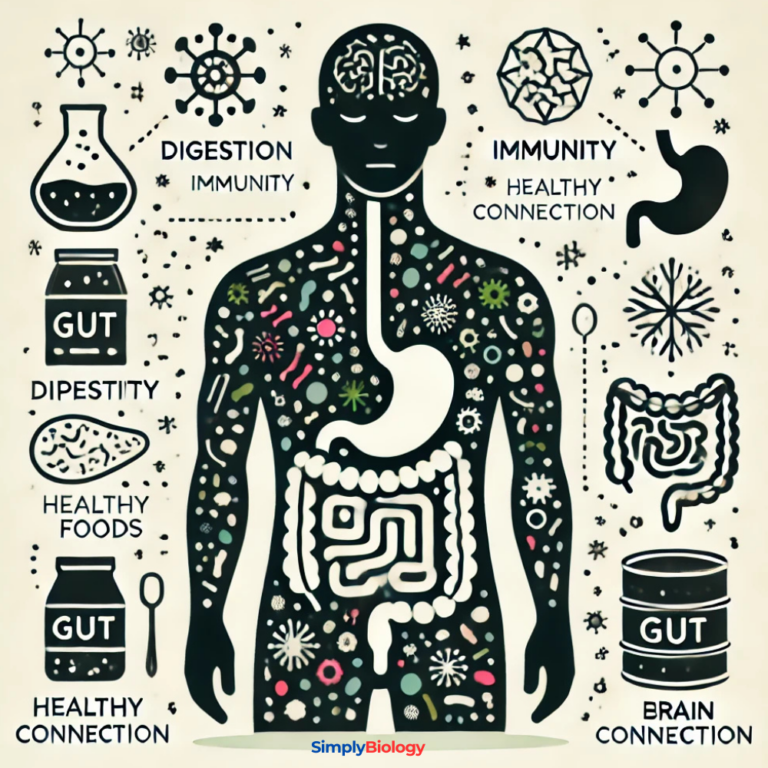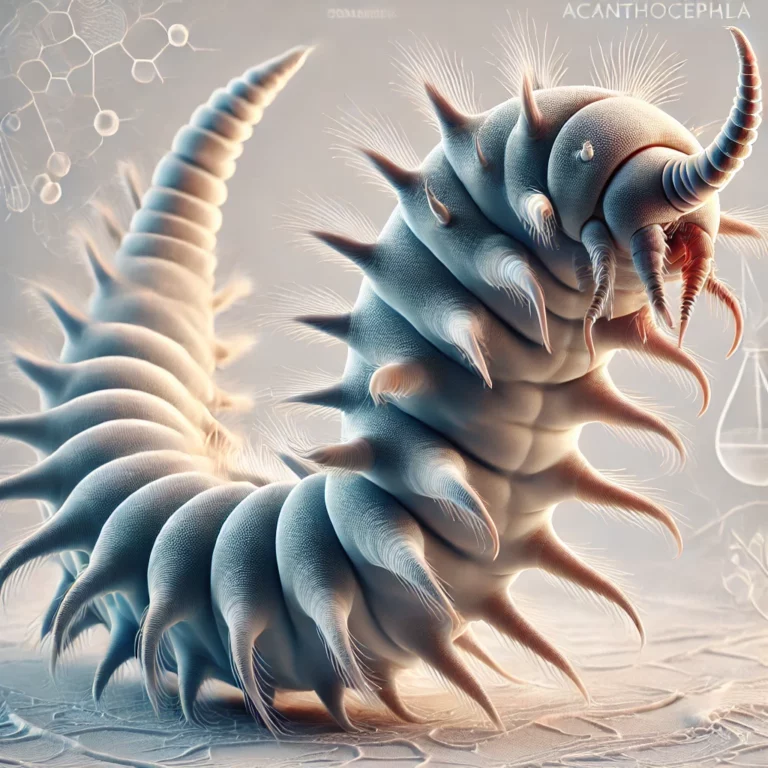Abscission is a naturally occurring physiological process in plants that involves the shedding of unnecessary or non-functional parts such as leaves, fruits, or flowers. This crucial process enables plants to conserve resources, manage their growth, and survive in diverse environmental conditions. This article delves into the fascinating world of plant abscission, exploring the mechanism behind it, the factors influencing it, and its significance in plant biology.
Mechanism of Abscission
The process of abscission begins in specialized cells known as the abscission zone, located at the base of the structure that needs to be shed (Addicott, 1982). Upon receiving a signal, these cells start to divide and differentiate to form a separation layer. This layer then secretes enzymes that degrade the cell walls, leading to the breaking of cell-cell adhesion and eventual shedding (Estornell et al., 2013).
The two primary enzymes involved in this process are cellulases and polygalacturonases, which degrade cellulose and pectin respectively – the major constituents of plant cell walls (Taylor & Whitelaw, 2001). As the cell wall weakens, the part to be shed detaches effortlessly.
Factors Influencing Abscission
Abscission is influenced by various internal and external factors. Internally, plant hormones play a pivotal role. Abscisic acid and ethylene promote abscission, while auxin and cytokinins inhibit it (Patterson, 2001). For instance, an increase in ethylene concentration or a decrease in auxin can trigger leaf abscission.
External factors such as environmental stress, seasonal changes, and pathogen attack can also induce abscission. For example, deciduous trees shed leaves during autumn, a process regulated by the shortening of daylight hours and falling temperatures (Karban & Baldwin, 1997).
Significance of Abscission
Abscission is not just about shedding; it plays a key role in the plant’s overall survival strategy. By shedding old or damaged leaves, plants can conserve water and nutrients, crucial under stressful environmental conditions (Addicott, 1982). Abscission of ripe fruits ensures their dispersal and subsequent propagation. Flower abscission prevents wastage of resources on unsuccessful pollination attempts (van Doorn & Stead, 1997).
Moreover, abscission can serve as a defense mechanism against pathogens. By shedding infected parts, plants can limit the spread of disease (Daneva et al., 2016).
Future Perspectives
Understanding the mechanism of abscission can have significant implications for agriculture and horticulture. For instance, manipulating the abscission process can help in controlling fruit drop, a major issue in many fruit crops (Meir et al., 2010). Further, knowledge about abscission can aid in the development of strategies for the management of plant waste.
Despite considerable progress, many aspects of the abscission process remain elusive, warranting further research. For instance, the exact signaling pathways and molecular players involved in abscission are not fully understood. Future studies should focus on these aspects, which can pave the way for novel strategies to manipulate the abscission process for agricultural advantage.
In conclusion, abscission is an essential process in plants with a complex underlying mechanism and significant implications for plant survival and propagation.
References
Addicott, F. T. (1982). Abscission. University of California Press.
Daneva, A., Gao, Z., Van Durme, M., & Nowack, M. K. (2016). Functions and regulation of programmed cell death in plant development. Annual Review of Cell and Developmental Biology, 32, 441-468.
Estornell, L. H., Agustí, J., Merelo, P., Talón, M., & Tadeo, F. R. (2013). Elucidating mechanisms underlying organ abscission. Plant Science, 199-200, 48-60.
Karban, R., & Baldwin, I. T. (1997). Induced responses to herbivory. University of Chicago Press.
Meir, S., Philosoph-Hadas, S., Sundaresan, S., Selvaraj, K. S., Burd, S., Ophir, R., … & Riov, J. (2010). Microarray analysis of the abscission-related transcriptome in the tomato flower abscission zone in response to auxin depletion. Plant Physiology, 154(4), 1929-1956.
Patterson, S. E. (2001). Cutting loose. Abscission and dehiscence in Arabidopsis. Plant Physiology, 126(2), 494-500.
Taylor, J. E., & Whitelaw, C. A. (2001). Signals in abscission. New Phytologist, 151(2), 323-340.
van Doorn, W. G., & Stead, A. D. (1997). Abscission of flowers and floral parts. Journal of Experimental Botany, 48(307), 821-837.







